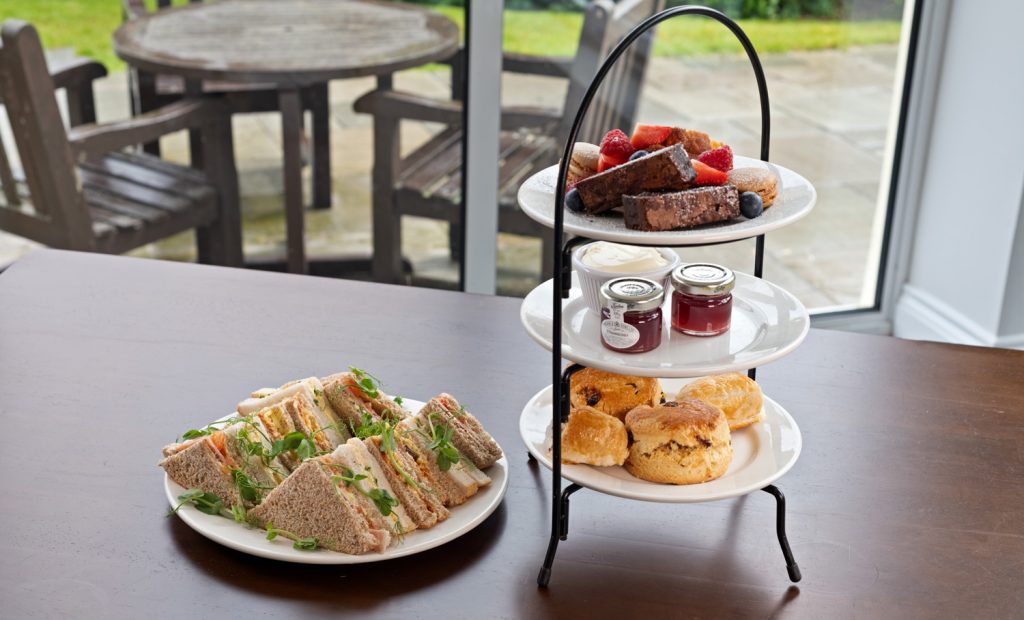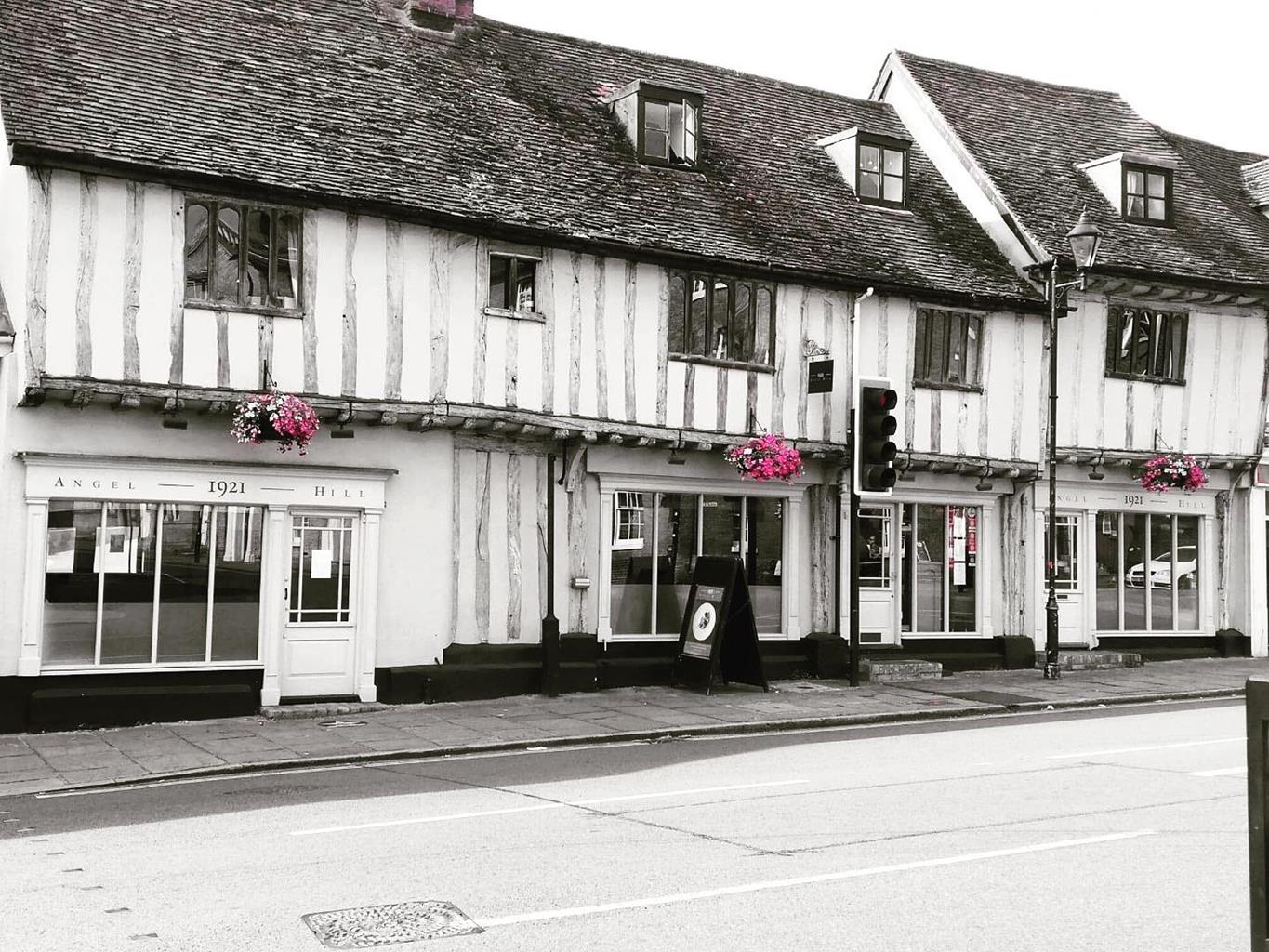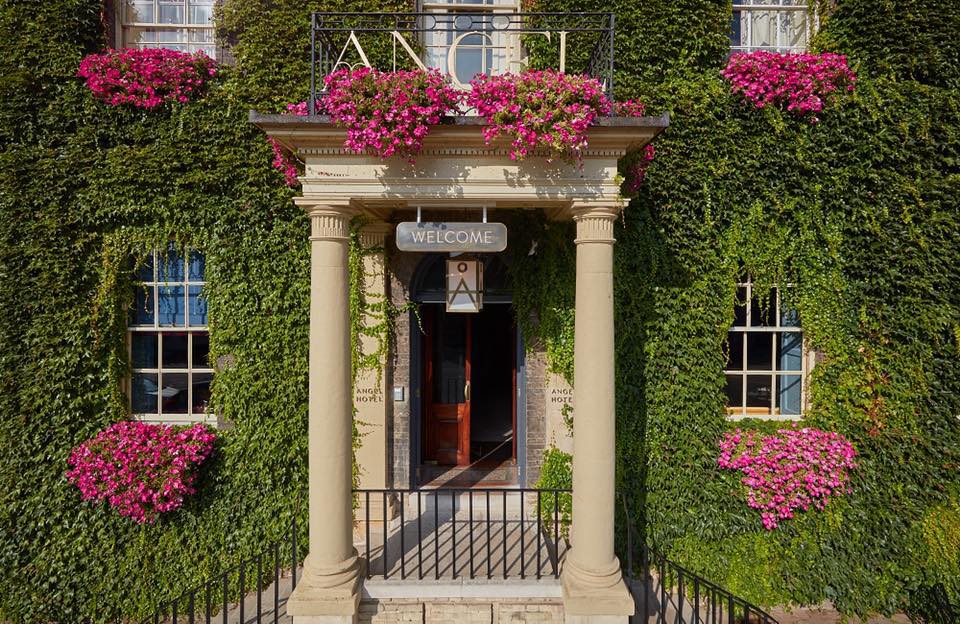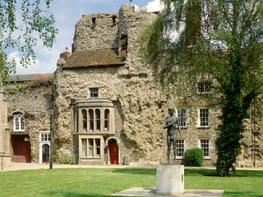Stowlangtoft Estate has seven country retreats that are the perfect choice for family holidays,…
Ixworth and Pakenham

Visit a working watermill on an easy walk around gentle farmland.
4.5 miles (7.2kms)
About the walk
At one time, almost every village in Suffolk had a windmill, grinding corn to produce flour for the local bakery. Their turning sails were a familiar feature of the rural landscape but one that is rarely seen these days. Of 500 mills which existed at the start of the 19th century, fewer than 40 remain and only half of these retain their machinery. Others have been converted into modern houses and the majority have disappeared through neglect.
In recent years, however, there has been a movement to restore and maintain the last remaining mills. Pakenham, near Bury St Edmunds, is now the only parish in England with a working windmill and watermill. The latter, owned by the Suffolk Preservation Trust, can be visited from Easter to September on Wednesdays and at weekends, when the waterwheel turns and the machinery cranks into action to produce genuine stone-ground flour.
A mill has stood on this site since the time of the Domesday Book in 1086 and it is possible that the Romans also milled grain here as they are known to have built a fort in the area. The enthusiastic curators will show you around the mill, explaining how water is released from the mill pond to turn the 16ft (5m) wheel, and pointing out obscure industrial features like the 'wallower', the 'damsel' and the Blackstone oil engine, dating from 1904.
From the garden beside the mill pond there are views across the fen to Pakenham Windmill, a five-storey brick tower mill built in 1816 and recently restored to working order. Pakenham is on the Miller's Trail, a signposted circuit of Suffolk villages that takes in half a dozen mills. Among the mills that can be visited in summer are the watermill at Euston, the post mill at Stanton and the tower mill at Thelnetham, which also produces its own organic flour. You can pick up a map of the Miller's Trail at Pakenham Watermill.
Although the two mills are officially in Pakenham, they are closer to Ixworth, where this walk begins. Ixworth is on the site of a major Iceni settlement and also a Roman fort, strategically situated at the junction of the Bury St Edmunds to Norwich and Ipswich to Thetford roads. A modern bypass keeps most traffic away and the result is a quiet village of timber-framed houses along the High Street, which retains a selection of shops and pubs.
Walk directions
Leaving the village hall car park, cross the High Street and take the path that leads through the churchyard around the right of the parish church. Turn left on to Commister Lane and follow this road as it bends round to the right.
Turn left on to a bridle path almost opposite Abbey Close. Looking left from this broad, tree-lined path, there are good views of Ixworth Abbey, a Georgian manor built around the ruins of a 12thcentury Augustinian priory and incorporating the crypt of the original monastery into its design. Stay on this path as it crosses the Black Bourn and makes its way towards a small wood, where it swings right. A footpath on your left after 600yds (549m) gives you the option of a short cut across the fields. For the full walk, keep straight on towards Point 3.
Turn left at the end of a hedgerow and follow this field-edge path until you come to a metal gate ahead. Turn left here on to a farm track that passes around a wood. Soon after the wood, the short cut rejoins the main walk from your left and you get your first glimpse of Pakenham Windmill up ahead. Keep straight ahead on this track to reach the main road, the A143.
Cross the road carefully and go straight ahead to another crossroads, where you keep straight ahead to reach the windmill. Stay on this narrow road, known as Thieves Lane, as it drops down to Fulmer Bridge, a bucolic spot of meadows and streams. Continue towards a T-junction, then turn left along Fen Road, passing a group of council houses and bungalows before reaching a junction at the foot of the hill.
Stay on Fen Road as it bends round to the left into the small hamlet of Grimstone End where you soon reach Pakenham Watermill. Just beyond the watermill, there are views of Mickle Mere, a popular birding spot, to your right. Stay on this road to return to the A143, where you turn left along a pavement path before crossing the main road at a white post to reach a quiet lane on the far side. Turn left here and when you get to the end of the lane, turn right and follow the road into Ixworth to return to the car park.
Additional information
Bridleways, field-edge paths and quiet country lanes
Rolling farmland around Ixworth village
Farmland - dogs on lead
OS Explorers 211 Bury St Edmunds & Stowmarket; 229
Ixworth village hall free car park
At car park, beside library
WALKING IN SAFETY
Read our tips to look after yourself and the environment when following this walk.
Find out more
Also in the area
About the area
Discover Suffolk
Suffolk is Constable country, where the county’s crumbling, time-ravaged coastline spreads itself under wide skies to convey a wonderful sense of remoteness and solitude. Highly evocative and atmospheric, this is where rivers wind lazily to the sea and notorious 18th-century smugglers hid from the excise men. John Constable immortalised these expansive flatlands in his paintings in the 18th century, and his artwork raises the region’s profile to this day.
Walking is one of Suffolk’s most popular recreational activities. It may be flat but the county has much to discover on foot – not least the isolated Heritage Coast, which can be accessed via the Suffolk Coast Path. Southwold, with its distinctive, white-walled lighthouse standing sentinel above the town and its colourful beach huts and attractive pier features on many a promotional brochure. Much of Suffolk’s coastal heathland is protected as a designated Area of Outstanding Natural Beauty and shelters several rare creatures including the adder, the heath butterfly and the nightjar. In addition to walking, there is a good choice of cycling routes but for something less demanding, visit some of Suffolk’s charming old towns, with streets of handsome, period buildings and picturesque, timber-framed houses.
Nearby stays
Restaurants and Pubs
Nearby experiences
Recommended things to do
Why choose Rated Trips?
Your trusted guide to rated places across the UK
The best coverage
Discover more than 15,000 professionally rated places to stay, eat and visit from across the UK and Ireland.
Quality assured
Choose a place to stay safe in the knowledge that it has been expertly assessed by trained assessors.
Plan your next trip
Search by location or the type of place you're visiting to find your next ideal holiday experience.
Travel inspiration
Read our articles, city guides and recommended things to do for inspiration. We're here to help you explore the UK.













